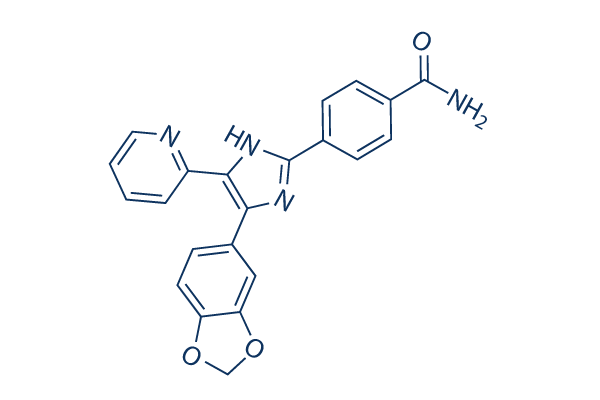Our review showed that each serum CXCL16 and IFN while in the energetic NS group have been drastically increased. Even more more, correlation analysis revealed a optimistic correlation among amounts of serum CXCL16 and IFN, suggesting that increased IFN in active easy variety NS could be a stimulus for elevated serum CXCL16. Having said that, the exact mechanism of this action requires additional research. Shalhoub showed that circulating lymphatic factors could lead to injury to your glomerular basement membrane and therefore proposed that NS could possibly be connected with T cell immune abnormalities, Schramme et al. located that acute tubular damage was associated with improved CXCL16 in renal transplant urine and connected to enhanced CXCL16 during the distal tubule and collecting duct, Now, CXCR6 could be the only recognized receptor of CXCL16.
CXCR6 is largely expressed in naive CD8 T cells, activated CD4 T cells, activated CD8 T cells, NK cells and polymorphonuclear neutrophils, Chemotaxis assays indicated that only cells with higher selleck chemical expression of CXCR6 could respond to CXCL16, Utilizing a rat nephritis model with anti glomerular basement membrane antibody, Garcia et al. observed that CXCL16 was expressed in glomerular endothelial cells and regulated macrophage adhesion, During acute irritation, blockage of CXCL16 drastically inhibited monocyte macrophage infiltration and reduced glomerular damage and protein uria. for that reason, CXCL16 and CXCR6 may perhaps perform a crucial purpose inside the migration of T cells, It really is advised that T cell migration into inflammatory lesions is mediated from the unique interaction of CXCL16 and CXCR6.
Previ ous research confirmed that CXCR6 and secreted soluble CXCL16 could be responsible for inducing chemotactic migration of proinflammatory cells into arthritic joints and web-sites of liver irritation, On the other hand, there are few reviews pertaining to selleck CXCR6 induction of chemo tactic migration of inflammatory cells in renal lesions of childhood NS. Our final results showed that the ratio of peripheral blood CD3, CD4, CD4 8 and NK T cells was considerably reduced in the energetic NS group than within the remissive NS and typical management groups. Additionally, active NS group CD8 T cells were appreciably greater in quantity than while in the manage group, suggesting that the ratio in between T lymphocyte subsets was unbalanced throughout primary NS activity, steady together with the reported literature.
Having said that, CD8 T cells had been even now additional numerous in the remissive group than within the normal handle group, and NK T cells from the remissive group have been fewer in quantity than in the control group. Peripheral blood CXCR6 T cell numbers inside the active NS group were considerably greater than during the  remissive NS and regular handle groups, when peripheral blood CXCR6 T cell numbers within the remissive NS group had been no diverse than the standard control group.
remissive NS and regular handle groups, when peripheral blood CXCR6 T cell numbers within the remissive NS group had been no diverse than the standard control group.
ATPases Signal
Besides exchangers, other categories of transmembrane ATPase include co-transporters and pumps.
